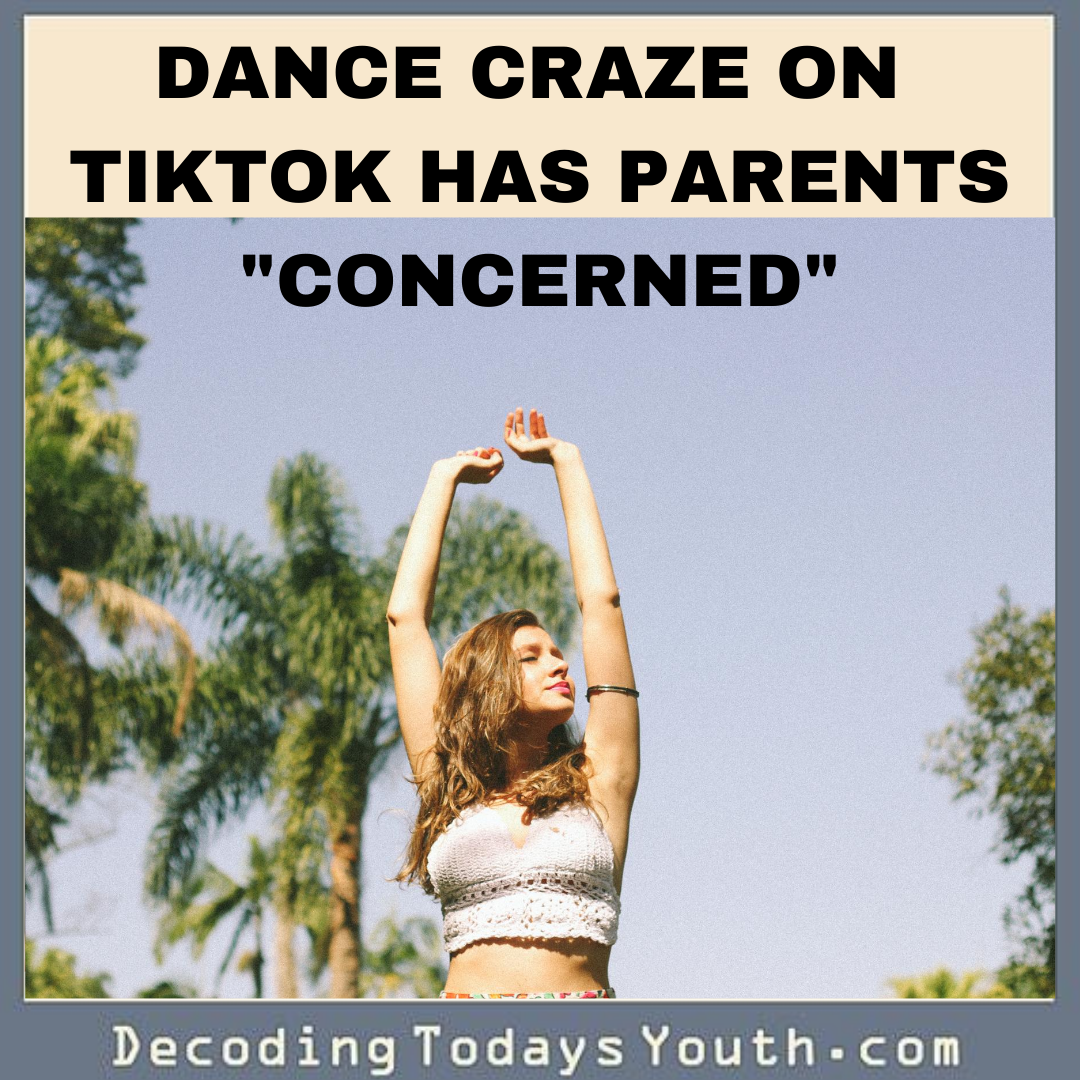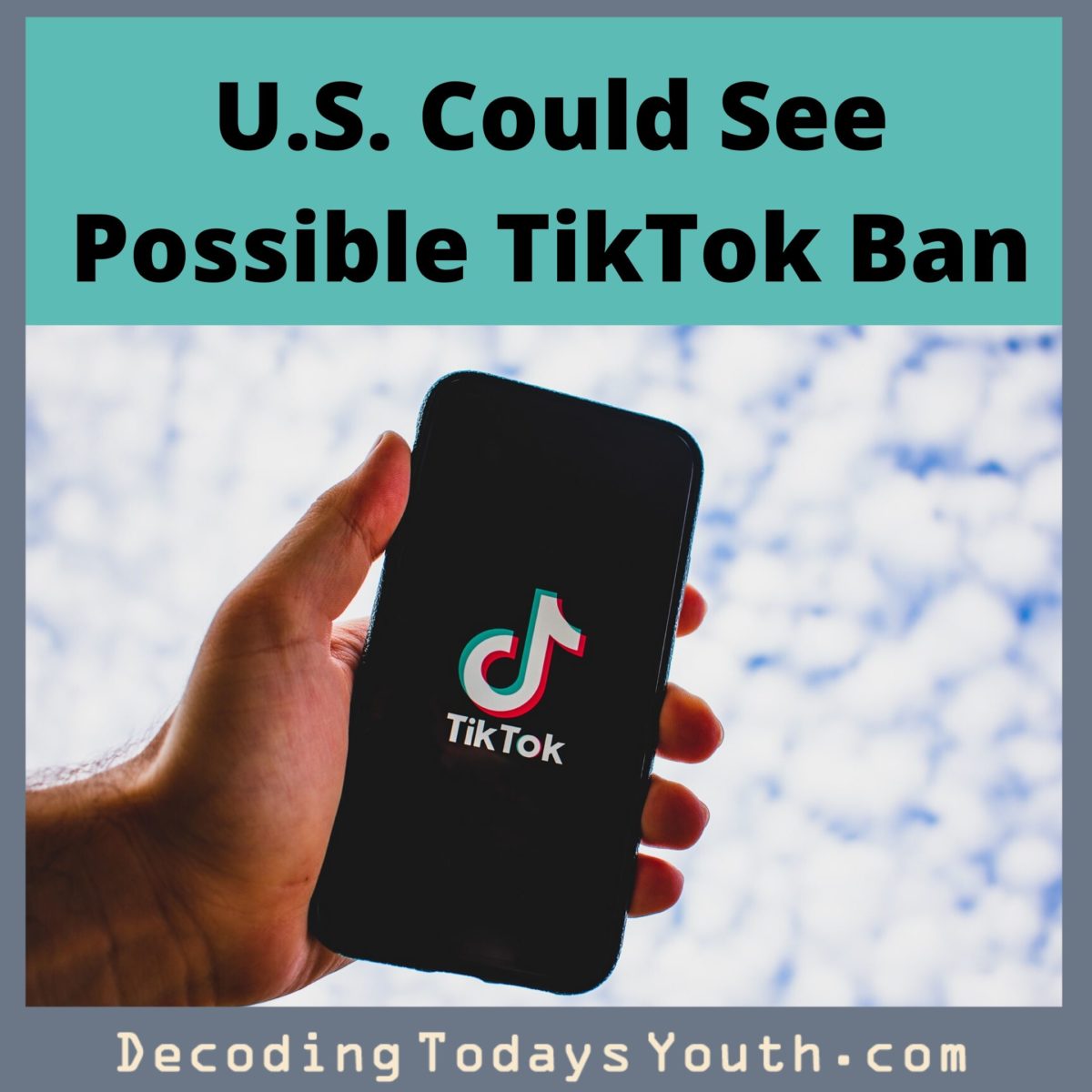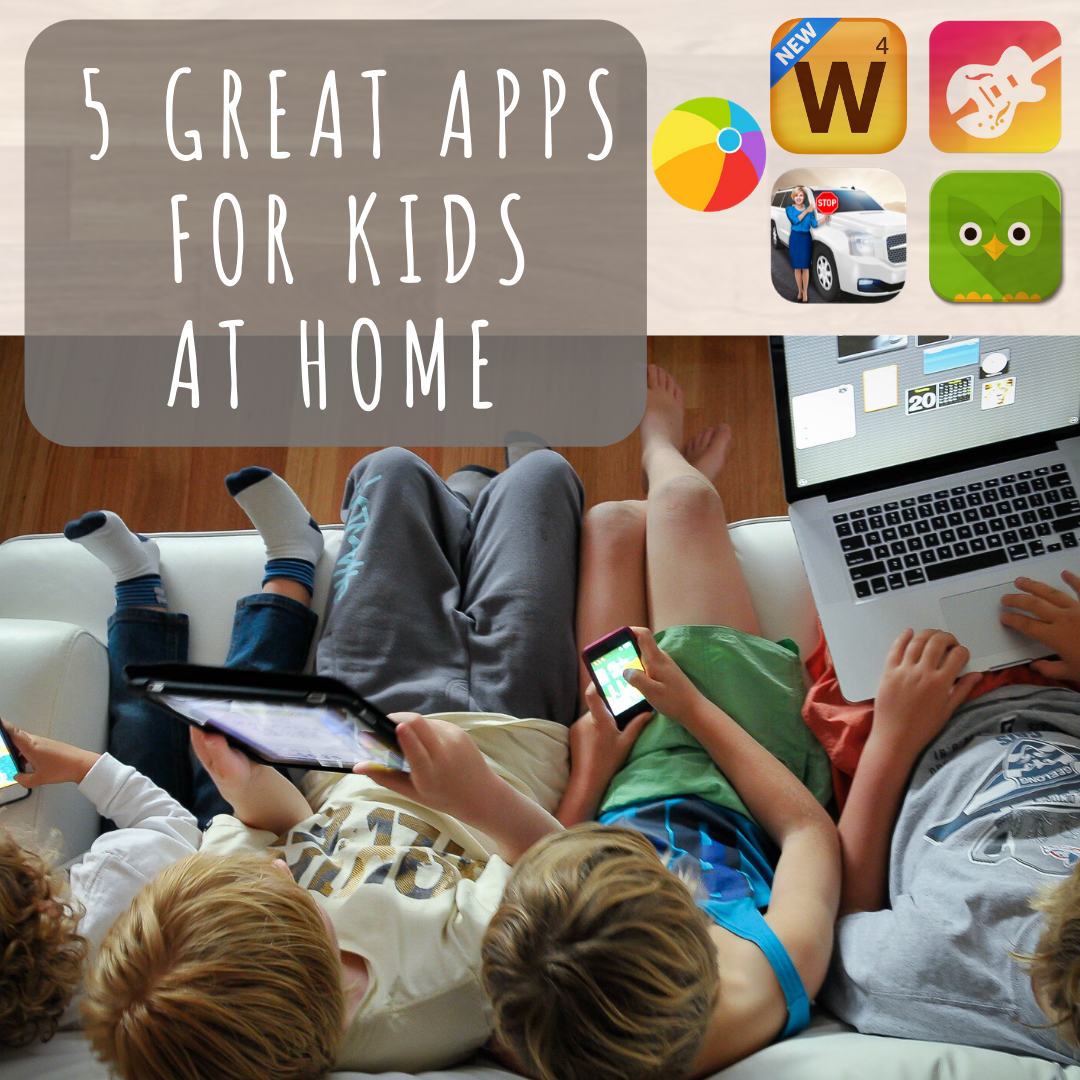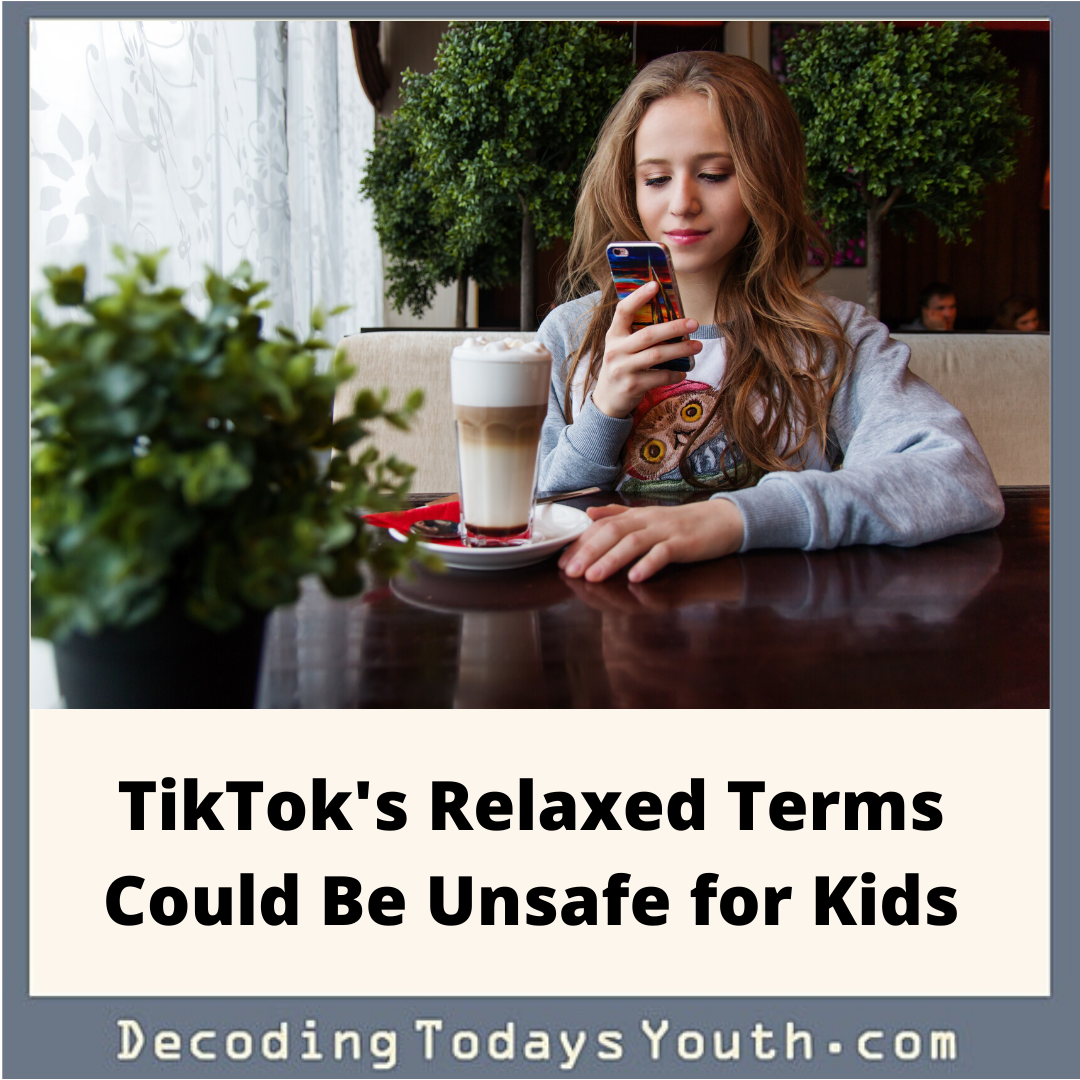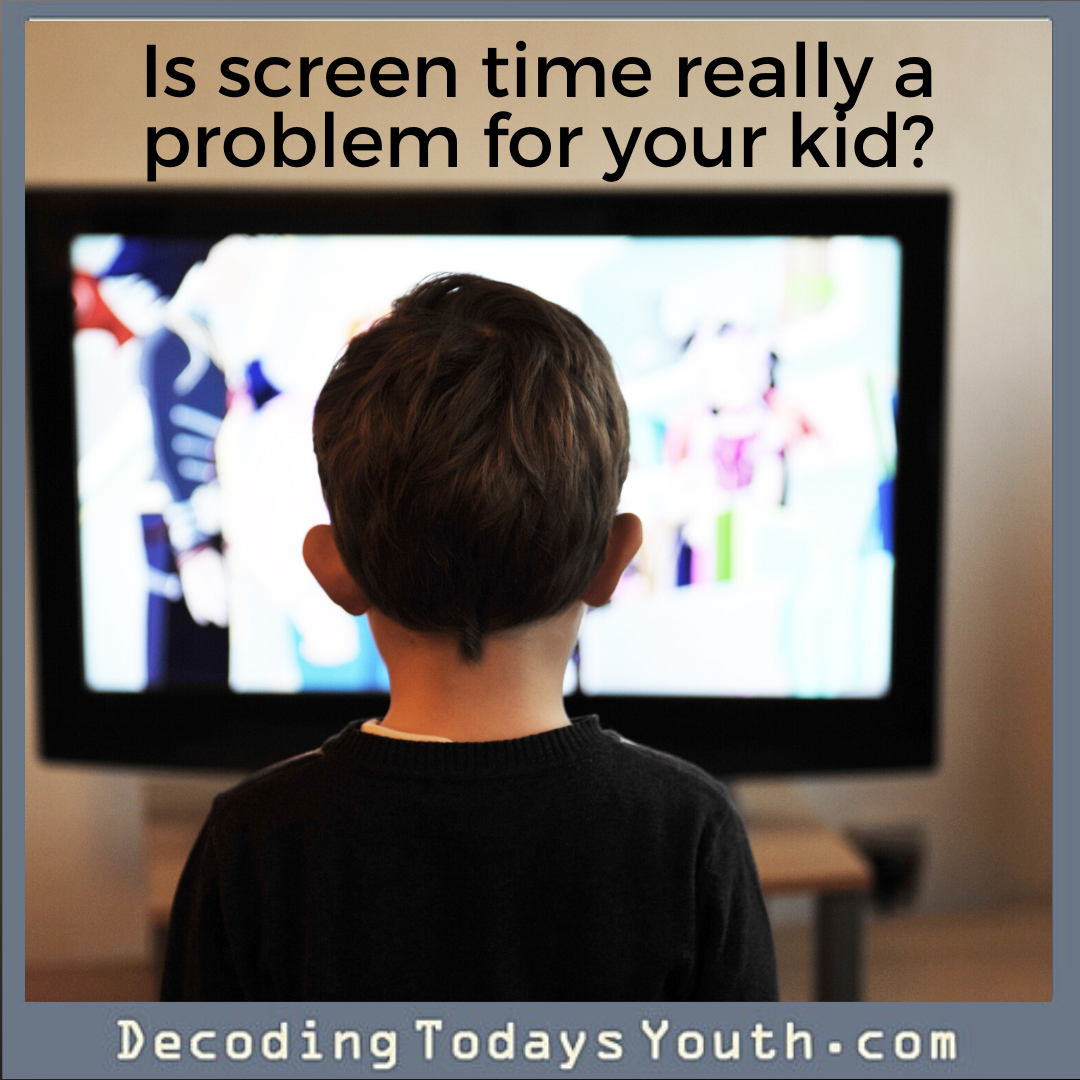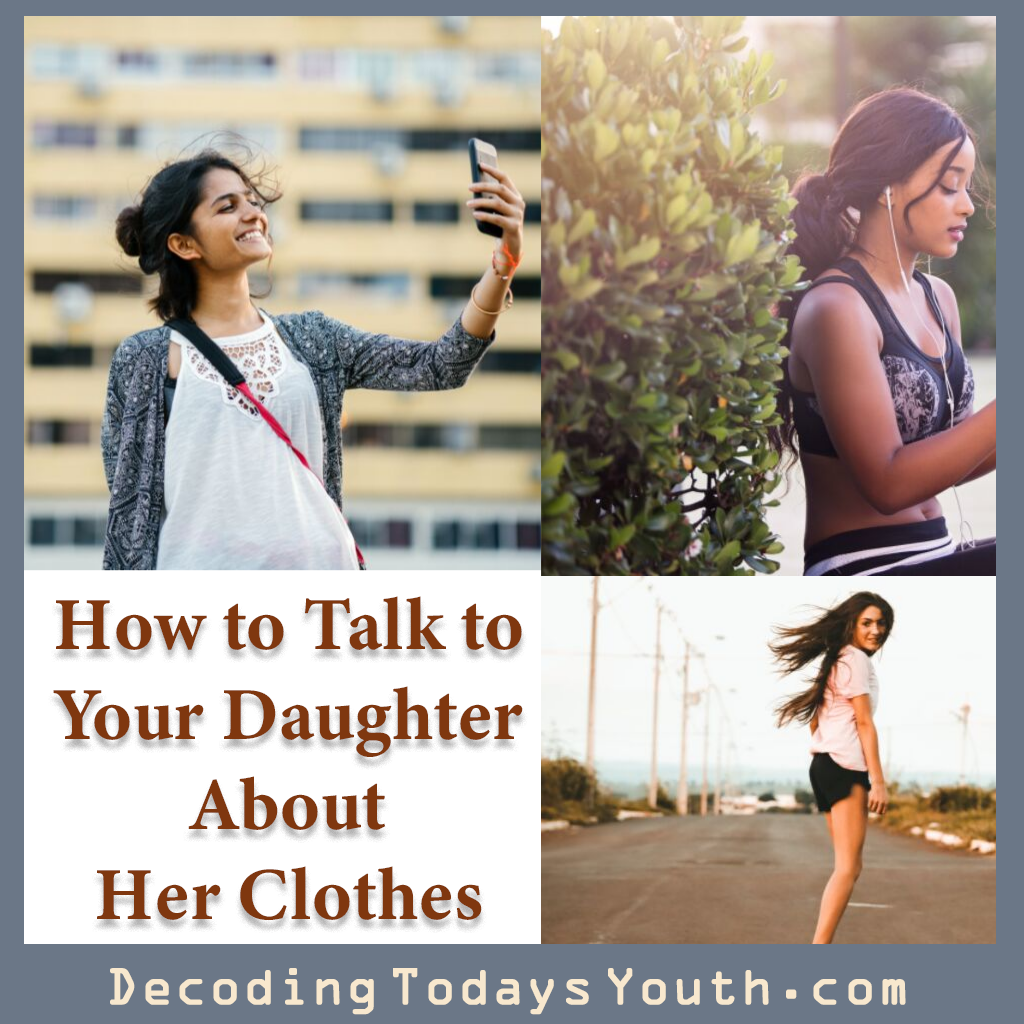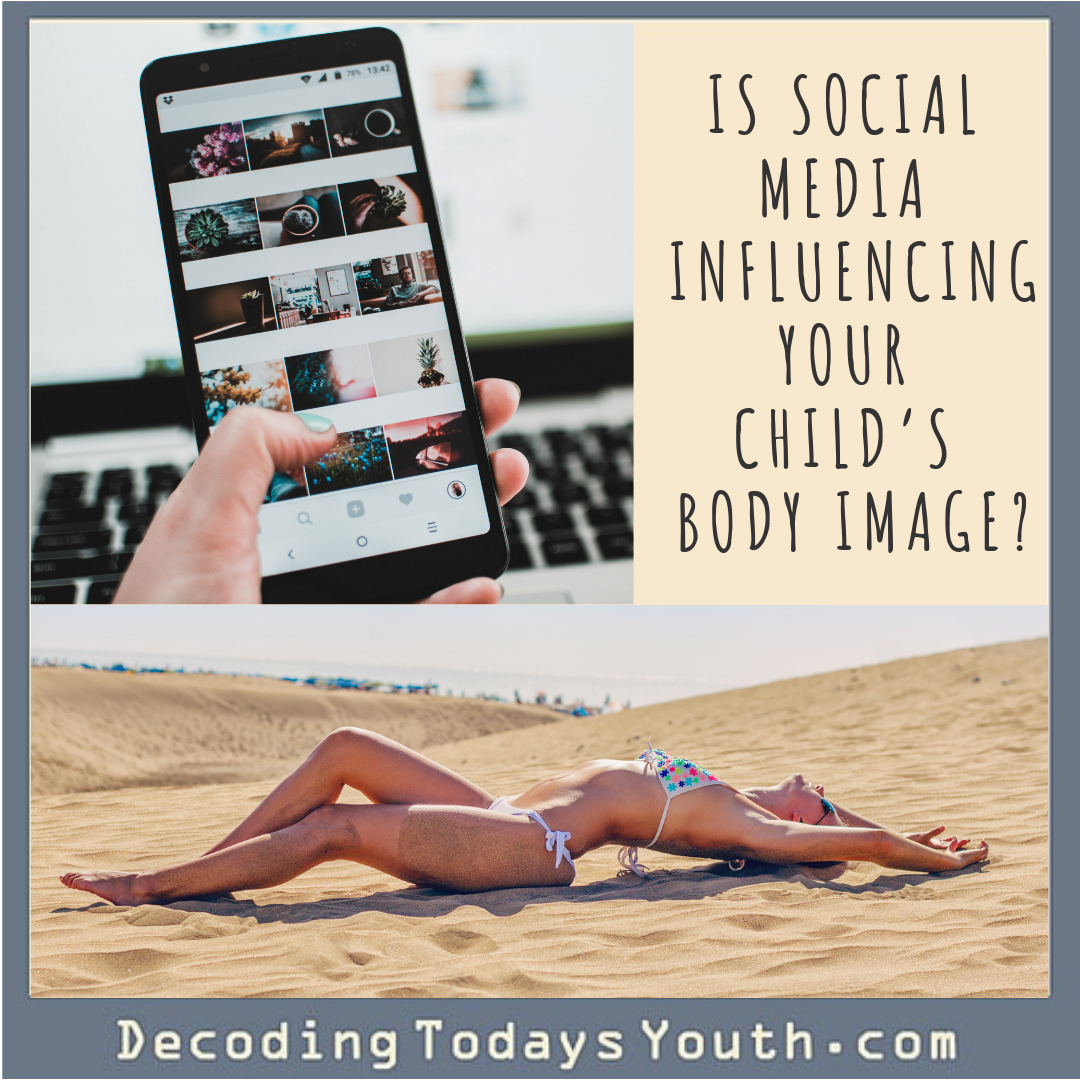
Every time I log onto Facebook, I see the daily update my cousin posts about her son.
Parenting has changed drastically since the rise of social media. Today, parents are exposing every detail of their child’s lives. Whether it’s their first steps or their most recent report card, parents are sharing everything with the world.
Instead of enjoying the moment with their children, parents are now pausing to ask themselves “Is this something I want to take a picture of and share?” Then they are grabbing their phones to document the event. This causes them to miss the interaction “in the moment”. They should be having this special time with their kids. They should be enjoying the moment, not documenting it.
Parents also no longer have to go to their kid’s school function or run into another parent to hear all about how their kids got into an honors program or made the varsity soccer team. All this information is now posted on feeds and timelines on various apps.
According to a journal article in “Psychology of Popular Media,” what often happens is that parents compare their own parenting success to other parents through social media. Their own success and failure are now based on how successful they perceive other families are through social media.
Recently, the Pew Research Center performed a study which found that two-thirds of parents in the United States feel that parenting is harder today than it was 20 years ago. Many in the group also cited the reasons for this include new technologies, such as social media and smartphones.
68% of parents said they sometimes feel distracted by their phones when spending time with their kids. Younger parents (ages 18 to 49) were more likely to be distracted by smartphones and social media than older parents (50 and older).
Social media has also turned many parents into “oversharers”. Like my cousin, they post about their child far too often for many people’s liking. According to a poll done by The University of Michigan C.S. Mott Children’s Hospital, 75% of parents believe other parents overshare.
There are ways to try to avoid oversharing or from being affected by others’ oversharing. An experiment done in 2016 reported that people who quit Facebook were happier.
While not everyone may want to quit Facebook entirely, reducing the time you spend on social media will reduce your stress levels that are a result of comparing your parenting to others. By setting limits for yourself, like staying off social media when you’re with your kids or before bed, you’ll be less likely to start comparing yourself to others.
Seeing other parents oversharing may make you want to as well, but before you do, make sure you’re posting for the right reasons. Are you posting because you ae truly proud of your child’s accomplishments or because you want to show the other parents on social media that your kid is just as smart or talented as theirs?
For more information:
https://www.verywellfamily.com/social-media-changed-way-we-parent-4098583
https://www.liebertpub.com/doi/10.1089/cyber.2016.0259
Also https://www.pewresearch.org/internet/2020/07/28/parenting-children-in-the-age-of-screens/


